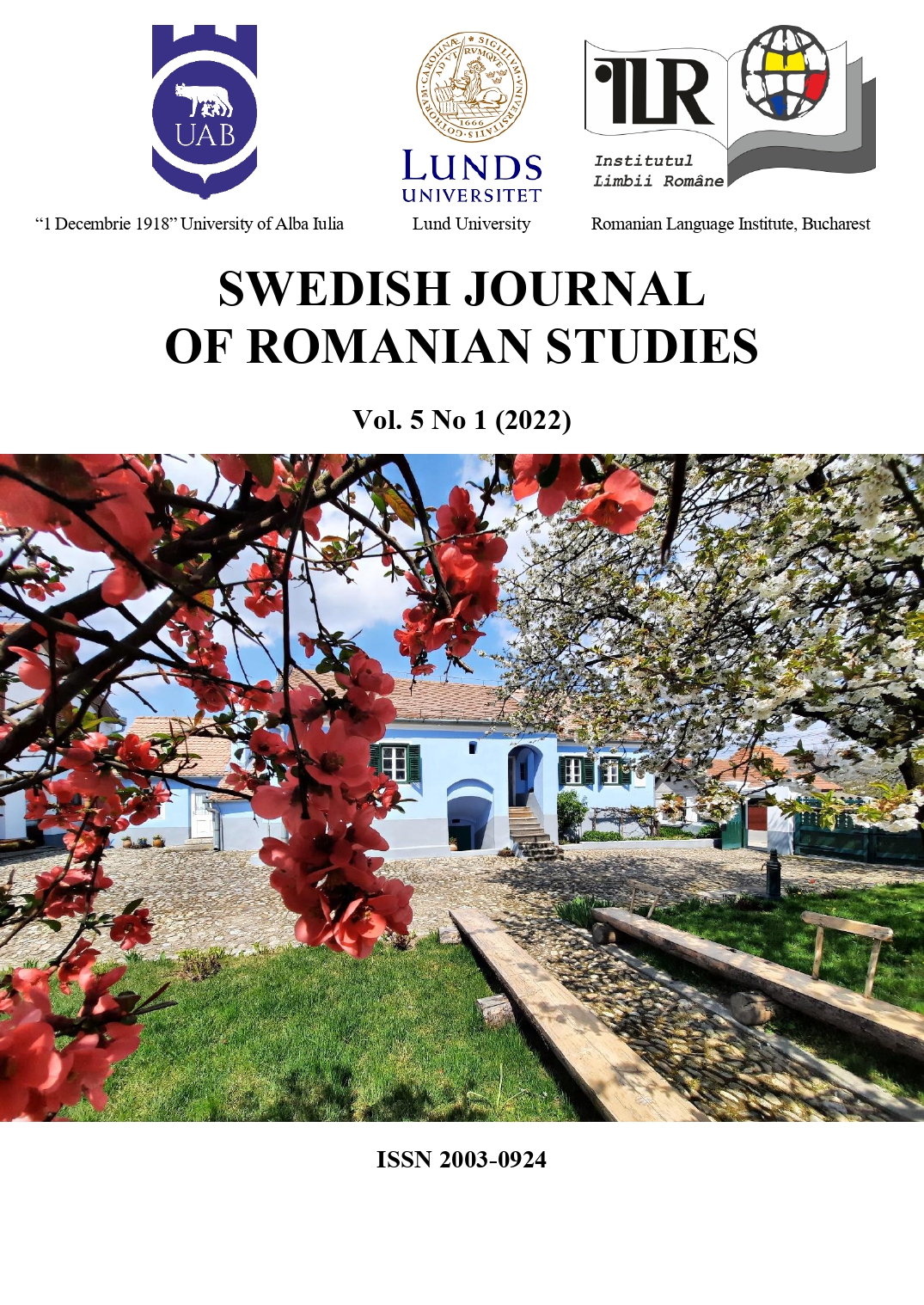Mihai Drăgănescu: arhitectura modelului său ontologic-informaţional cu şi fără conştiinţă fundamentală
Mihai Drăgănescu: the architecture of his ontological-informational model with and without fundamental consciousness
Author(s): Gorun ManolescuSubject(s): Epistemology, Contemporary Philosophy, Phenomenology, Ontology
Published by: Språk- och litteraturcentrum, Lunds Universitet
Keywords: Physics; Ortophysics; Fundamental Consciousness; information; phenomenon; ontology; phenomenology;
Summary/Abstract: After his demise (in 2010), the philosophical works of Mihai Drăgănescu began to enter the attention of specialists from various backgrounds. His approach's incredible complexity and originality have been viewed and approached from various specific points of view until now. The aim of this paper is to present only a few essential features of the Drăgănescu philosophical approach as a whole, answering the following questions: (a) Is the model he recommended metaphysical, theological, or both? (b) How does the model highlight a certain Logos that becomes primordial in relation to the Being? (c) Why, quite unexpectedly, is the information considered a phenomenon? (d) How does the model he recommends solve some of the problems issued by Husserl and his phenomenology? In a forthcoming paper, we will try to show how Drăgănescu's Ontological-informational model allows a ChaOrdic application („Cha” from Chaos and „Ord” from Order) that characterizes the Reality of today when a natural Chaos appeared under which a new order emerges. Finally, our main conclusion will be that in relation to other similar attempts of recent times, which we know about, the approach of Drăgănescu presents strong originality by integrating the information with the ontological aspect. Furthermore, this confirms what our well-known Romanian philosopher Constantin Noica said a century ago: „Will the novelties of this work make their place in the world?” We should say that we do not doubt if we do not know the inertia that reigns in the world of culture. However, we will say that we do not know about a work that shakes this inertia better than the work of professor Drăgănescu. And if by impossibility it would not impose itself from now on in the culture of the twentieth century, let us be allowed to believe that it will astonish and deeply impress the non-perverted thinkers of the twenty-first century.
Journal: Swedish Journal of Romanian Studies
- Issue Year: 5/2022
- Issue No: 1
- Page Range: 137-160
- Page Count: 24
- Language: Romanian

